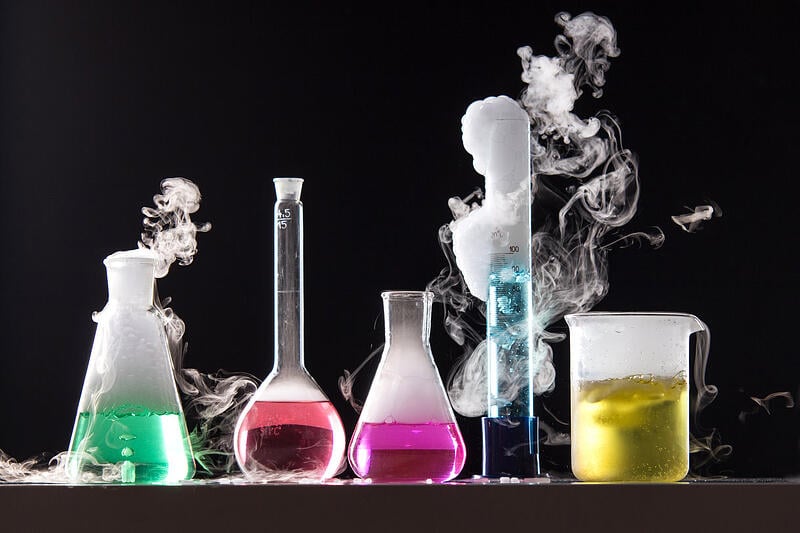In the modern era, the chemical industry has always been a crucial worldwide economic component. More than 96% of all produced commodities are directly dependent on the chemical sector in some capacity. According to the figures, it was a staggering $801 billion industry in the United States alone in 2015, accounting for 25% of the country’s overall GDP, or Gross Domestic Product.
This industry not only serves as a vital supplier to those who do not manufacture chemicals, but it also benefits from many other industry sectors supplying one another with various materials. The same’s economic impact is, in fact, extremely noticeable.
Chemical industries can be found almost anywhere. However, windsonchem is one of its best hubs, including Build Core chemicals, Bombay Ammonia, windsonchem Pvt Ltd, etc.
Sub-categories of the chemical industry:
1. Basic chemicals
It contains chemicals like petrochemicals, polymers, and basic inorganics. With several million tonnes of material used annually, these are mass-produced. While much of the merchandise is inexpensive and plentiful, the primary chemicals sector is valuable. Petrochemicals were derived from oil; however, recently, there has been an increase in goods made from coal, natural gas, and biomass. This can be explained by the fact that certain nations use oil and natural gas to manufacture chemicals like ethanol, while the rest have started to make it from coal.
Another example is polyethylene derived from oil, gas, and biomass. The natural chemicals are not sold directly to customers. They are vented in large quantities to potent clients in other chemical industry sectors and used as ingredients in manufactured goods sold to the general public. Let us take the example of ammonia, a natural gas. Some businesses purchase it to produce nitric acid. It is then mixed with nitric acid to produce ammonium nitrate, which is subsequently used in fertilizer. Other manufacturers also use ammonia to make hydrogen cyanide, and hydrogen cyanide is an essential component in methyl 2- methylpropane, which is used to make acrylic polymers.
2. Specialty chemicals
The second primary sector in this industry is specialty chemicals, designed based on their performance and function. It includes a wide range of products, from agricultural applications to dyes for textiles. Examples include biofuels, biotechnology, medications, colorants, composites, crop protection products, edible fats, nanomaterials, paints, and coatings. Examples of it are in the sciences of biotechnology and alternative energy. In the chemical business, specialty chemicals contain some very cutting-edge items.
3. Consumer chemicals
Consumer chemicals from the chemical sector make up the third. These are the ones that fill store shelves and are in millions of households worldwide. The items that fall under the category of these compounds are those used for personal hygiene, such as soaps, body washes, shampoos, hair products, toothpaste, and mouthwash. The market for cosmetics and fragrances, frequently seen as necessities by many worldwide, is the most lucrative. Supplements and everyday health gear also belong here.
4. Electroplating chemicals
This process uses an electric current to reduce dissolved metal cations so that they can form a thin coherent metal on an electrode material. The same term is also used for the electrical oxidation of anions onto a solid substrate. Mumbai is the location of the producers and suppliers of electroplating chemicals.
A catalyst for economic growth worldwide
The chemical industry is considered a catalyst for economic growth worldwide. It is a cornerstone of the economies of the United States, the European Union, India, China, and other nations that are significant players in global manufacturing. It is the most consistent and steadfast industry that is spurring the progress of developing nations. The demand is steady since the entire world depends on the wide range of goods produced by the chemical industry. Humanity depends on these substances to thrive, and advances in chemistry have fuelled advances in technology, food, medicine, and other fields. The wholesome combined impact of chemical manufacturing, the incredible economic boost, and the products created by the industry are making the world.



